On the ropes not long ago, CT-N is a COVID lifeline (CT Mirror)
- On September 20, 2020
September 21, 2020
On the ropes not long ago, CT-N is a COVID lifeline
Just three years after CT-N’s founder departed during a bruising fight with legislative staff over money and mission, the legislature’s web-streaming and cable channel now is an undeniably vital link to a public shut out of the State Capitol by the COVID-19 pandemic.
The fight over budget and governance led to a seemingly irreconcilable breach with its nonprofit operator, the Connecticut Public Affairs Network. But the network survived, the relationship mended and CT-N still provides an unfiltered video window into the Capitol.
“You look now, it is the only window,” said Kevin B. Sullivan, a Democrat who was the top leader of the Senate in 1999 when the network was launched as property of the state legislature.
When the rapid spread of COVID last spring both necessitated daily press briefings by the governor and made them unsafe, CT-N converted a function room at the Capitol into a temporary studio, allowing Lamont to conduct virtual news conferences.
Legislative hearings and meetings, now conducted by video conference, can be viewed in real-time on the network’s cable channel and web-streaming services at ct-n.com, bringing the proceedings to every laptop and smart phone, re-playable on demand.
“CT-N has been the unsung hero of this pandemic,” said Max Reiss, the communications director for Gov. Ned Lamont.
When lawmakers returned in July for the first time in four months to conduct a special session in a Capitol still closed to lobbyists, other advocates and the public, most of the 151 House members watched the debates over a CT-N feed to their offices in the Legislative Office Building.
And anyone could watch gavel-to-gavel proceedings in both chambers on CT-N’s cable channel or streamed over the internet.
Max Reiss, the governor’s communications director, says CT-N is the pandemic’s unsung hero.
“We never envisioned a pandemic, but this is another moment for CT-N and their web services,” said Brian Flaherty, one of the early backers of the network while a Republican member of the House of Representatives.
CT-N has adapted to the pandemic, maintaining social distancing in its ground-floor control room at the Legislative Office Building and dividing its staff into teams, a protection against a COVID infection forcing a staff-wide quarantine.
So far, the staff has been COVID-free, said William A. Bevacqua, the president of the Connecticut Public Affairs Network.
Bevacqua said the staff is working with Office of Legislative Management to understand how the General Assembly might operate when its regular 2021 session convenes in January. He expects a hybrid — perhaps more in-person meetings, but with tighter rules.
“There’s a lot of conceptual discussions and a lot of experimentation about how do we make video conferences work and how will press conferences work,” he said. “I don’t think anybody wants to see the scrums in the Capitol hallways.”
Press conferences during legislative sessions often are informal and relatively spontaneous affairs, with reporters tightly packed around lawmakers as they exit the House or Senate.
Whatever the new rules of engagement, CT-N will continue to provide an unfiltered view, legislative leaders said.
“It is a critical resource,” said House Majority Leader Matt Ritter, D-Hartford.
But not one whose arrival was universally welcomed at its launch in 1999, nor has it been universally supported in the 21 years that have followed. Like every legislature, the General Assembly is a place that still loves its secrets, but also one where publicity can be as vital as oxygen. And that always has created a certain tension for CT-N and its private nonprofit operator, the Connecticut Public Affairs Network.
Transparency in government, particularly the words and deeds of those who write its laws, is a relatively recent phenomenon. Connecticut didn’t pass its freedom-of-information act until 1975, and it had no decent facilities for public hearings until the opening of the Legislative Office Building in 1988.
Connecticut is one of two dozen states with channels carrying legislative proceedings, each inspired to one degree or another by C-SPAN, the cable channel that brought cameras into the U.S. House of Representatives in 1979.
It was developed by the Connecticut Public Affairs Network, or CPAN as it also is known (though it has no connection to C-SPAN) at the urging of Sullivan and with support of representatives of all four legislative caucuses: Sullivan; Flaherty; Rep. Bob Godfrey, D-Danbury; and M. Adela Eads of Kent, then the Senate GOP leader.
Flaherty and Godfrey made the pilgrimage to Washington D.C. to meet with Brian P. Lamb, the C-SPAN founder, chief executive and sometimes host and interviewer on programs like Booknotes, Washington Journal and Q&A.
While the Washington bureau chief of a cable industry magazine, Lamb had successfully pitched C-SPAN — Cable Satellite Public Affairs Network — to the cable industry as an inexpensive public-affairs network.
Lamb, who began C-SPAN with a staff of four, is venerated in Washington. President George W. Bush awarded him with the Presidential Medal of Freedom in 2007, crediting him with elevating public debate and opening government to an audience of millions.
“His dedication to a transparent political system and to the free flow of ideas has enriched our civic life,” Bush said in his citation. “He has helped empower Americans to know and understand their government and hold it accountable.”
When the founder of CT-N departed after the acrimonious contract negotiation in 2017, there were no thanks, much less a medal.
Local beginnings
CT-N is as much a descendant of local cable access channels as C-SPAN.
Five years before CT-N’s founding, the assistant director of West Hartford’s local access channel, Paul Giguere, worked with David Ogle, then executive director of the Office of Legislative Management, on a pilot program to provide legislative programming to local access channels.
“It started with volunteers. We were doing two hours of meetings a week,” Giguere said.
Nothing was live. Their work was distributed on VHS tapes.
Encouraged by Sullivan, who represented West Hartford and was familiar with its local-access operation, Giguere looked for a model for what would become CT-N. He traveled to Olympia, Washington, to meet with Denny Hecht, the co-founder in 1993 of TVW, a cable channel that covers all three branches of government in Washington State. (Hecht is now a congressman, about to retire after four terms.)
“He gave me all the planning documents they had used,” Giguere said. “He said, ‘Take all the Washington State references and change it to Connecticut, and you have a plan.’ That’s what I did.”
Giguere formed the nonprofit Connecticut Public Affairs Network in 1997 and signed a contract with the legislature to create CT-N on Dec. 23, 1998. The new network had one employee, Giguere.
CT-N began broadcasting on March 10, 1999. Legislative management already had ordered robotic cameras to be installed in hearing rooms at the Legislative Office Building, and Connecticut Public Television provided crucial technical support, Giguere said.
But there was no dedicated channel. The community college system provided access to a little-used educational channel for four hours a day, eventually ceding it to CT-N. It was available primarily on cable systems in the Hartford area.
CT-N’s reach grew by intervening each time a cable system’s franchise agreement was up for renewal before state utility regulators, arguing that the system be required to carry CT-N as a public service. It took five years for all cable systems to agree to carry CT-N all day.
“So, we went through a lot to get what people now assume was always there,” Giguere said.
Giguere saw a model in TVW’s metamorphosis into a broader educational channel, one that produced and broadcasts documentaries and other programming in addition to unedited coverage of the Washington legislature. Its funding came from the state and private philanthropic sources.
TVW won an Emmy in 1999 for a documentary explaining the inner workings of its state Supreme Court by dissecting one controversial case. A more recent Emmy winner, “A Question of Faith,” explained the Electoral College and explored what it means to be a “faithless elector,” one not bound by the election results.
Operated by a nonprofit and owned by the state legislature, CT-N moved carefully. The smallest details were second-guessed by lawmakers in the early days.
Flaherty recalls colleagues questioning even the chyrons, electronically generated captions used to summarize a bill being debated: “I can’t believe they described Senate Bill 12 this way!”
One of its basic functions — unedited gavel-to-gavel coverage of legislative debates — is straightforward. But on a day when there are committee meetings, hearings and press conferences, decisions must be made about what gets covered.
Godfrey said senior legislative staff began to grumble about CT-N’s coverage of the other two branches of government, primarily broadcasting gubernatorial press conferences and occasional legal arguments, primarily in the state Supreme Court across the street from the Capitol.
CT-N eventually began relatively modest programming beyond gave-to-gavel coverage, such as a weekly review of legislative activity and pre-session specials. It offered coverage of state political nominating conventions and election returns.
Godfrey said those activities were anticipated when CT-N was founded, but some legislative staffers took a proprietary view of the network, whose funding is a part of the legislative budget.
“We were forewarned of the challenge of the General Assembly running its own TV network,” Flaherty said.
CT-N is indirectly funded by the cable industry, which pays a gross receipts tax to the state.
Facing a deficit in 2017, the legislature adopted a bipartisan budget that grabbed half the $3.2 million in cable tax monthly that had been going into an account for CT-N, placing the revenue in the General Fund for other uses.
Not all the $3.2 million was available for CT-N operations. Until the 2017 cut, the network had been running on a budget of less than $2.8 million, with the rest set aside for maintenance of aging equipment. State payments to CPAN peaked at nearly $3.3 million in 2016.
The cut came months after new contract language making the legislature’s political staff the network’s ultimate program arbiter, erasing what from inception deliberately had been an arms-length relationship. Contract talks stretched for month, resulting only in temporary extensions.
The Connecticut Public Affairs Network, the sole operator of CT-N since its inception, terminated its contract on Nov. 2, 2017, citing the budget cut and the loss of independence.
CT-N continued under the direct management of legislative staff for a full year, before the legislature and CPAN reconciled and struck a new operating deal. By then, Giguere, the founder of it all, was long gone.
State payments to CPAN totaled $2.1 million in 2020. It was only two-thirds of the peak, but far more than the take-it-or-leave-it offer of late 2017.
Giguere, now a senior administrator with a state association of nonprofits, said he was gratified to see CPAN return as the operator of CT-N and thrive during the pandemic.
“I’m so proud of what they are doing right now,” Giguere said. “It’s a lifeline. It’s critical to public information.”
Sullivan watched CT-N’s difficulties in 2017 and 2018 with frustration.
“It’s a shame it had to go through that,” Sullivan said. “But it survived, and that’s the important thing.”





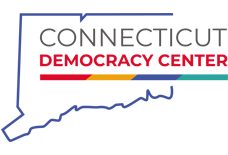
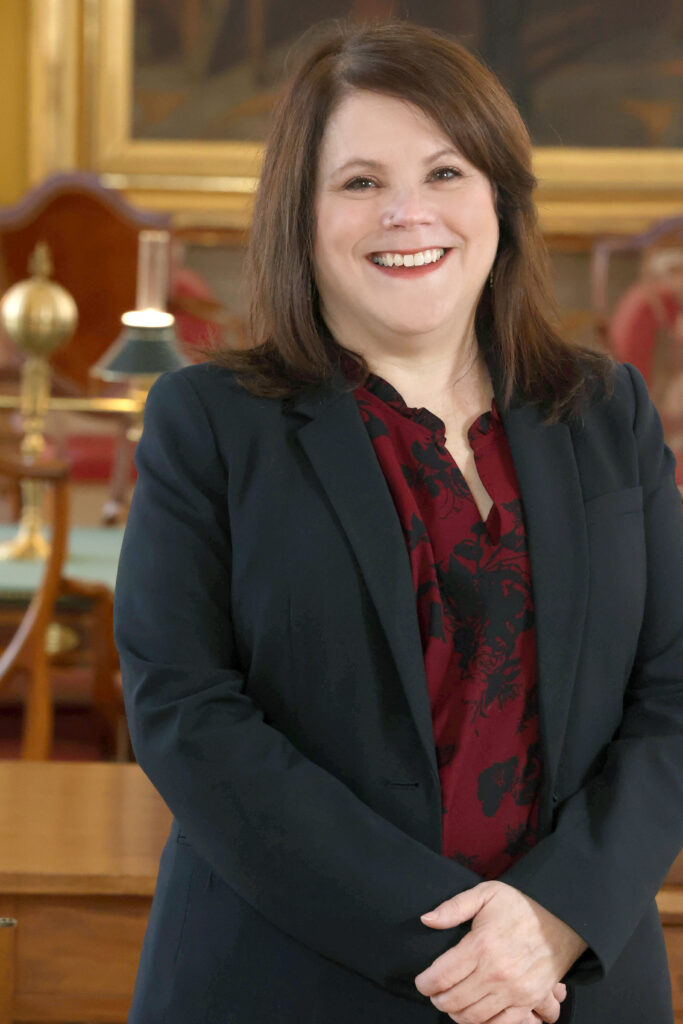
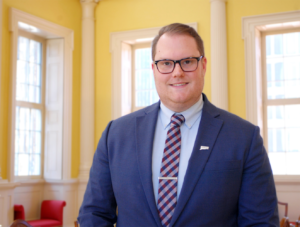

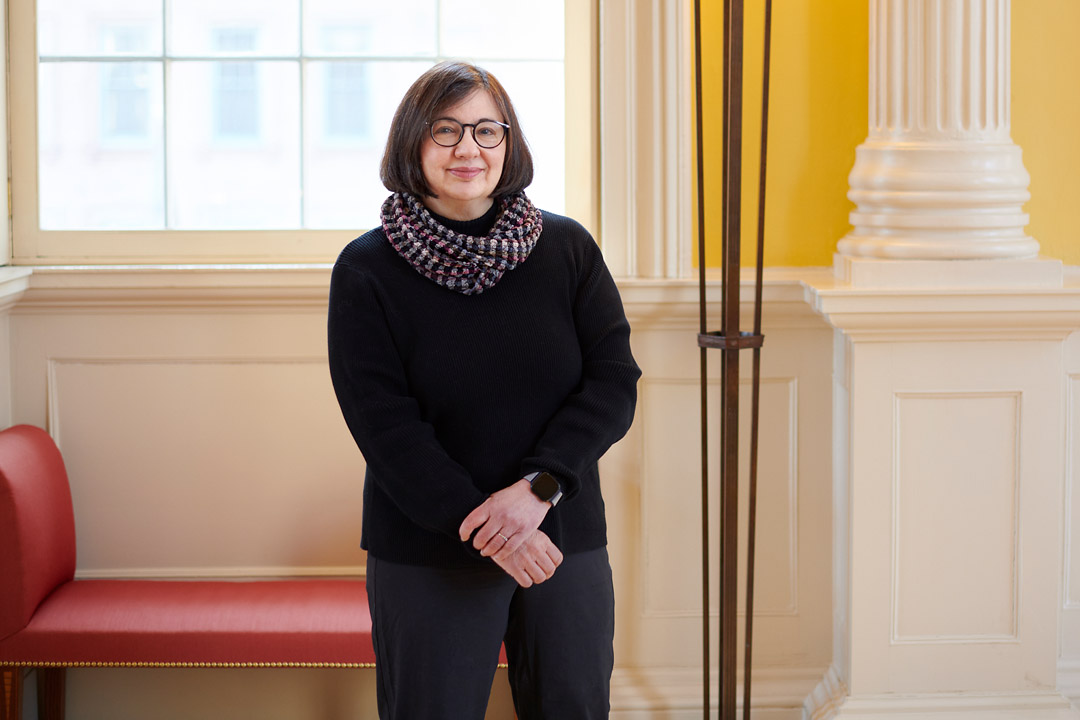
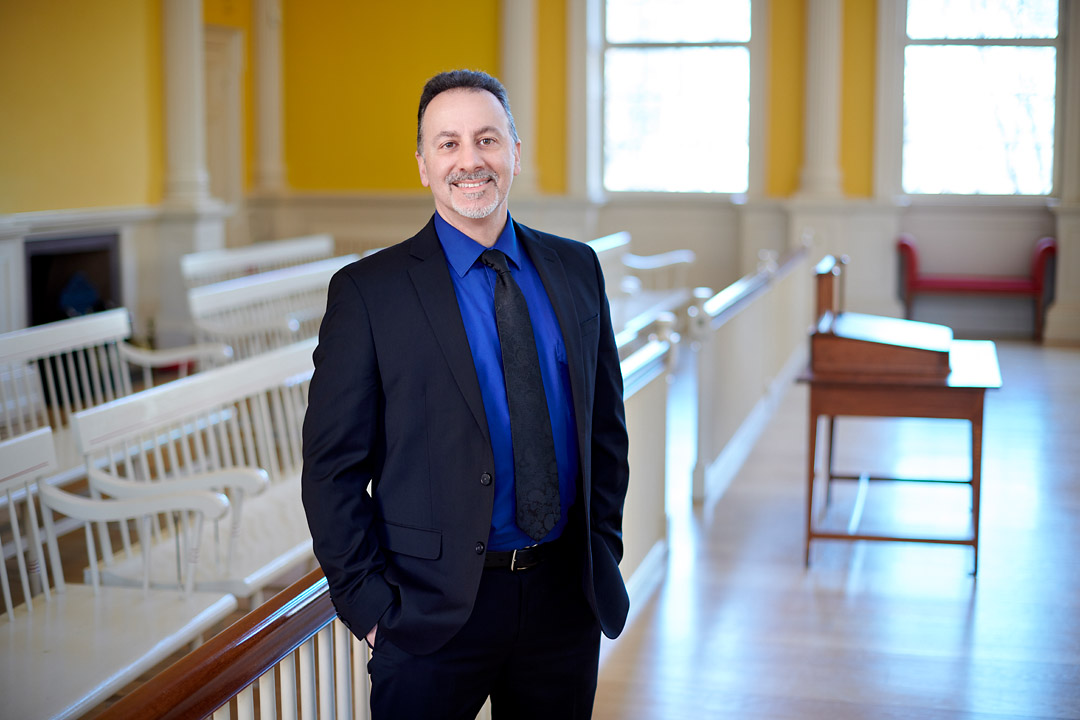
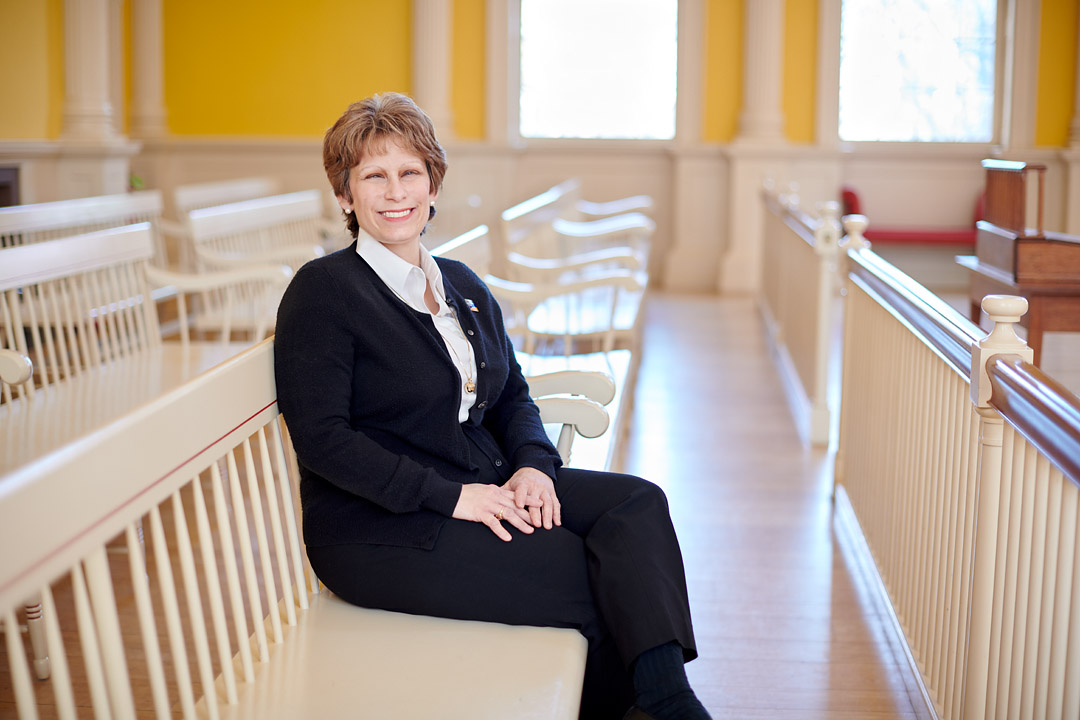

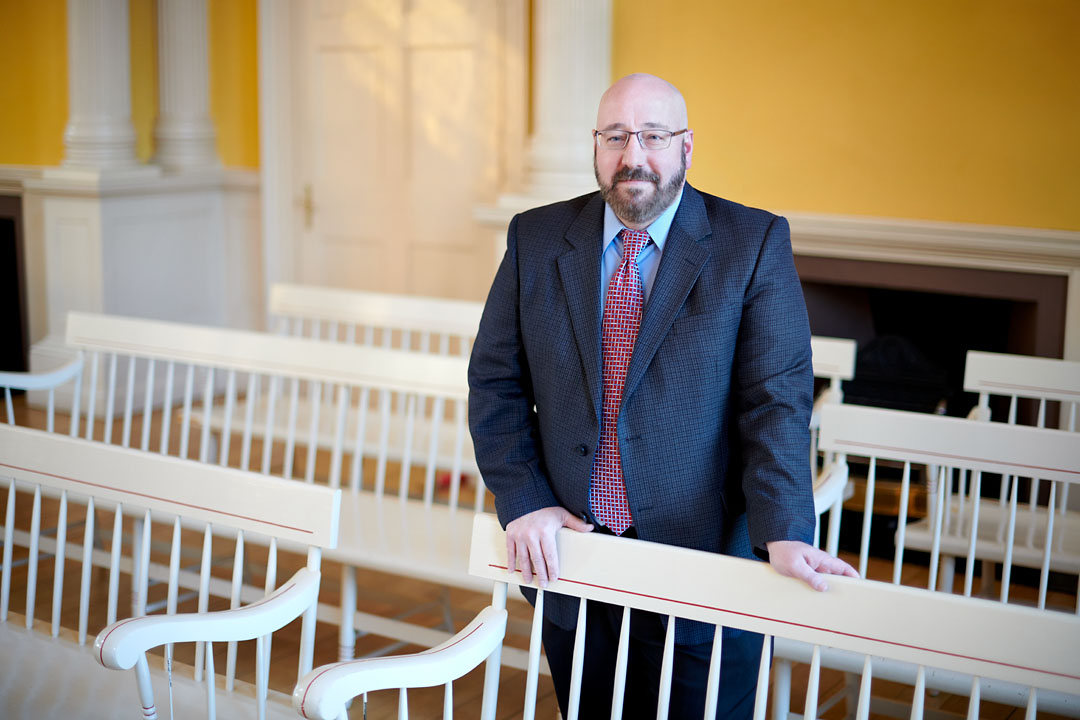
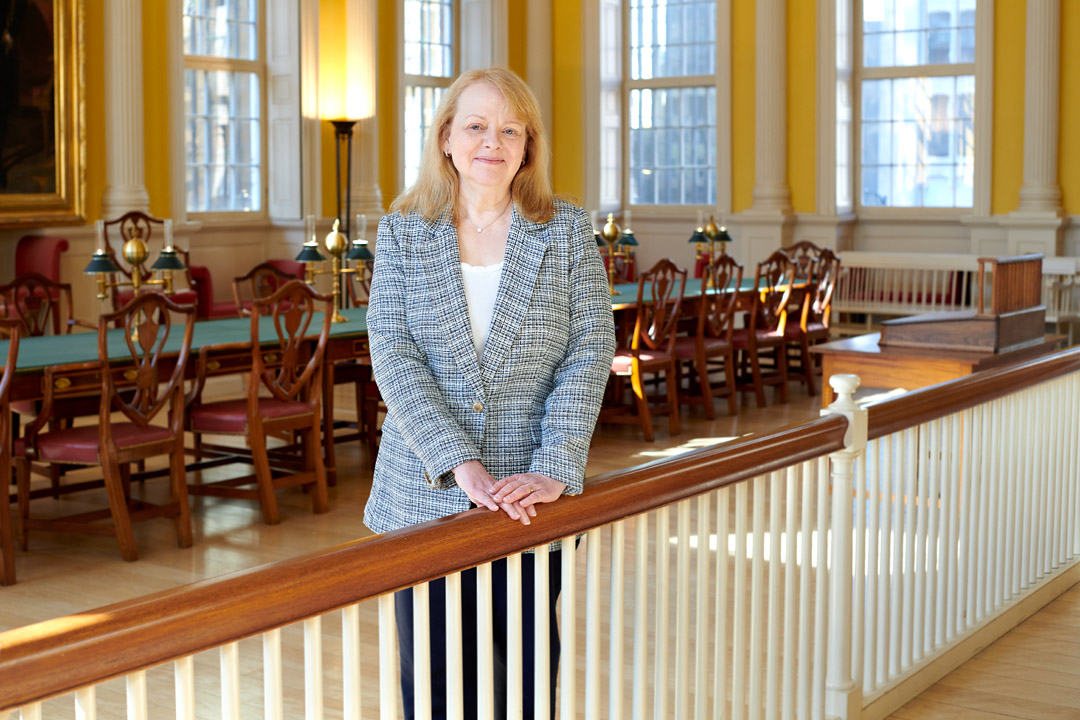
0 comments on On the ropes not long ago, CT-N is a COVID lifeline (CT Mirror)